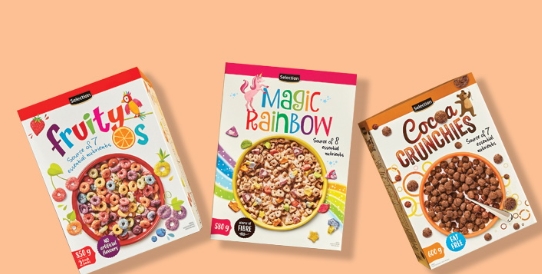Cereal packaging has come a long way since its inception in the late 19th century. Over the years, design trends have evolved to reflect changing consumer preferences and market demands. Let’s take a closer look at the evolution of cereal packaging and how design trends have changed over the years.
1. Early Packaging Designs: The Birth of Cereal Boxes
In the early days of cereal packaging, boxes were plain and simple, with minimal graphics and typography. Brands like Kellogg’s and General Mills used basic colors and text to differentiate their products.
2. The Rise of Iconic Characters: Adding Personality to Packaging
In the 1950s and 60s, cereal brands began to use iconic characters like Tony the Tiger and Cap’n Crunch to create memorable packaging designs. These characters added personality and whimsy to the boxes, making them more appealing to children and families.
3. Embracing Bold Colors and Graphics: The 1980s and Beyond
In the 1980s, cereal packaging took a bold turn with vibrant colors and eye-catching graphics. Brands like Fruit Loops and Lucky Charms embraced playful and colorful designs to attract a younger audience.
4. The Importance of Health and Sustainability: Modern Packaging Trends
In recent years, there has been a shift towards healthier and more sustainable packaging designs. Brands are using natural colors, organic ingredients, and eco-friendly materials to appeal to health-conscious consumers.
5. Personalization and Customization: The Future of Cereal Packaging
As technology continues to advance, we can expect to see more personalized and customized cereal packaging designs. Brands may offer options for consumers to create their own custom cereal boxes, tailored to their preferences and dietary restrictions.
In conclusion, the evolution of cereal packaging has been a reflection of changing consumer preferences and market trends. From simple and minimal designs to bold and colorful graphics, cereal boxes have come a long way in capturing the attention of consumers. As the industry continues to evolve, we can expect to see more innovative and personalized packaging designs in the future.

